Below flows the roaring Satluj river, snaking its way through the valley, above stands the mighty Kinnaur Kailash as a royal guard, and tucked between these two forces of nature, is the small hamlet of Kalpa. No sooner the bus brakes mooned, wheels screeched, and I got down and framed the first frame of this tucked away paradise, than I fell for its idyllic setting. No doubt the petrifying valleys and heart-warming culture had been a calling of many a travelers. A short, inviting walk through the main road, is enough to warm your heart. Studded with wooden houses, and apple orchards on sides, and uncountable smiles to greet you, Kalpa seems a village taken out of Nora Roberts novel.

Never thought a village so small that it can fit in one wide frame of camera lens, can have so many eternal bounties to offer
The first image from the village, that is bound to find a special corner in your heart, is of the Shivling peak (Kinnaur kailash) that rises over 20,000 feet. The peak stands as a royal guard to the village. This idyllic setting of the village, makes one feel that one is sitting in the lap of the holy mountains.
A steep road uphill from the Rekong Peo (the administrative capital of the Kinnuar valley), passing through atmospheric lanes lined with orchards of apple, and walnut on both sides, interrupted by occasional monsoon nullahs, crammed with wooden shops, and dramatic turns making the view of the peaks and the valley clearer; brings one to Kalpa. A short distance of 10 kilometers brings one from a height of 2200 mts to 2900 mts. The village, especially the hotels have spread out a little downhill, but inspite that, one look, and you know this Himachali treasure still retains its surreal charm and heart-warming hospitality. Smiles, giggles, and occasional ‘hi’s’ greet you as you move into the main village. A short stroll through the village lanes and you come face to face with the cultural and spiritual blend, the syncretic osmosis of cultures that Kalpa is – the Kinnaur side of Kalpa is predominantly Hindu, and the Spiti side is Buddhism. Another shot of this cultural osmosis is seen in the two landmarks of the village – the ancient Tibetan gompa here was founded by Rinchen Zangpo, and the Chandika temple.
- Kalpa is a cultural osmosis, where sound of bells in the monastery are set almost in rhythm with the bells in temples
There are no tourist spots, or no ‘Things to do’ in the village, but the ecstatic charm and the inhibited feeling of freedom and unwrapping oneself from the chaotic city charm, is enough to lull one’s heart. Even the routine walk on the diminutive stretch seems a novelty, and a memory worth treasuring. And there is no end to beautiful moments here, the crunching of maple leaves as one walks, the braying of sheep in a distance, the sound of bells in the monastery set almost in rhythm with the bells in temples, the numerous songs of birds, and the view of the valley thick with pines and deodars, everything seems to be set in some random melody. And it never failed to amaze me that a village so small that it can fit in one wide frame of your camera lens, can have so many eternal bounties to offer.
My take – come here for a ‘do nothing’, longish vacation plans, treat yourself with some organic rajma or some authentic Tibetan food, slurp on thukpa, chomp on momos or noodles, and sip some hot, thick tea while you enjoy the azure blue sky getting enveloped in a reddish hue, making way for moon kissed night. And in all, capture the peaks, first getting draped in a royal reddish hue, and then getting ornamented in the silvery hue of the moon as it rises from behind them.

Kalpa is a grace of simplicity

Kalpa is for ‘do nothing’, longish holidays; a break to come in terms with oneself
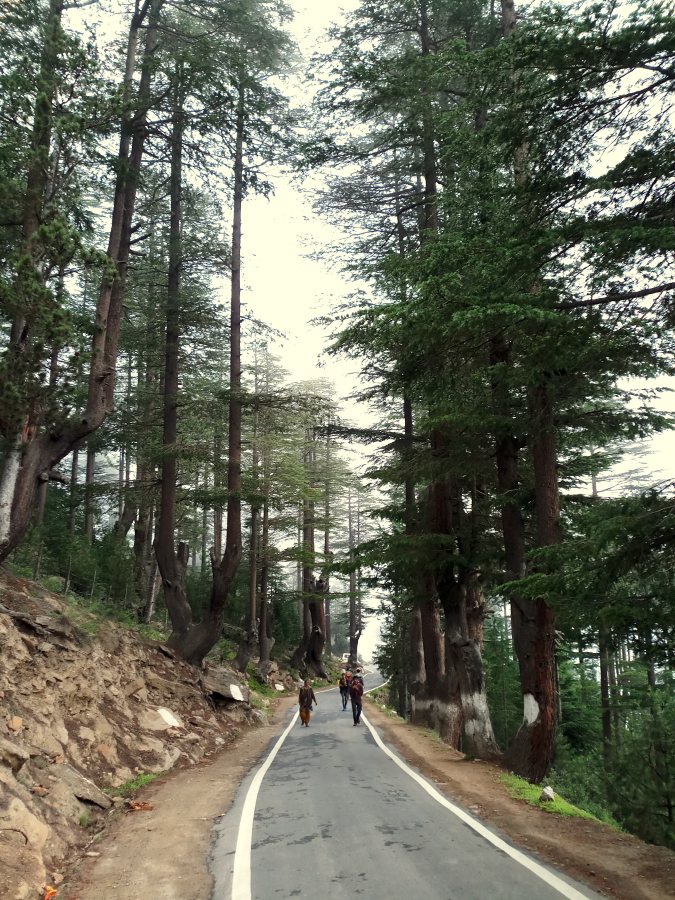
Getting there – The road to Kalpa, along NH-22, also known as the Hindustan-Tibet Road, isn’t a drive for the comfort loving travelers. Though the road is undergoing widening, the rough and rugged landslide-prone terrain. The highway is among the most dangerous roads in the country, and snakes its way through the pine and spruce forests, with the tranquil Baspa River accompanying it and the mighty Himalayan snow-covered range overlooking it. The straight cut mountains look straight out of some fiction novel. The journey through Shimla to Kalpa takes you through some amazingly beautiful landscapes of Himachal, with halts at some tiny, sleepy hamlets.
The journey is hectic and physically tiring, but the beauty of nature (probably at its best) keeps your eyes glued to the windows. The nearest halt to Kalpa, Rekong Peo is well connected to all towns of Himachal.
To stay – Kalpa has over years, made its mark on the tourist map. There is no dearth of hotels and homestays in the village. The hotels should charge something around INR 1000 – 1500 per night during the peak season (summers and winters). During off season (monsoons) this can fall to almost half. Most hotels have restaurants, else try some tiny sheds in the village for delicious authentic Tibetan food.
(This blog is a part of a series on ‘My memoirs from Spiti’, which I undertook in August this year. Kalpa was my stop in Kinnaur, before entering Spiti valley.)


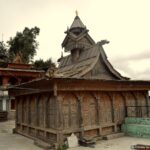

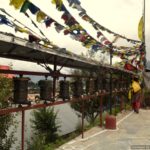
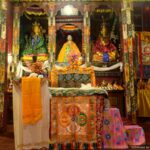
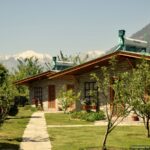





Himachal is a good place to take a vacation. Just reading the article makes you feel that one is already there.
Thanks Mark. Those are very encouraging words.
[…] more about my Spiti travels: 1) Kalpa and the Kinnaur sojourn 2) Dhankar, the beautiful monastery perched in the highs, and 3) Tabo, the oldest […]
[…] more about my Spiti travels: 1) Kalpa and the Kinnaur sojourn 2) Dhankar, the beautiful monastery perched in the highs, 3) Tabo, the oldest monastery, and 4) Key […]